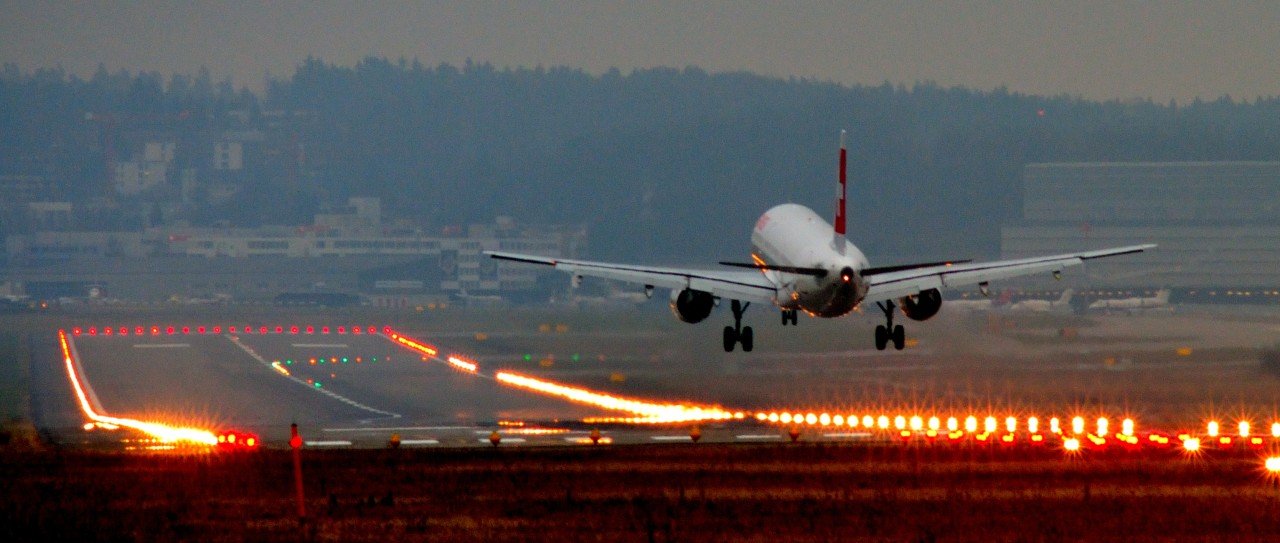Thick mist which hampers flight operations, necessitating the reliance on instruments like the “Instrument Landing System” (ILS) to navigate through the obscured surroundings.
About Instrument Landing System:
- It is a ground-based radio navigation system that provides pilots with accurate information about their aircraft’s position and alignment with the runway.
- It comprises two main components, the localiser, and the glide slope.
- The localizer ensures lateral alignment, guiding the aircraft along the correct azimuth toward the runway centerline.
- Simultaneously, the glide slope provides vertical guidance, aiding pilots in maintaining the proper descent angle for a safe landing.
- It guides pilots along both horizontal and vertical axes, aiding them in maintaining the correct approach path during low-visibility conditions.
- With the help of ILS systems, pilots are able to understand how their aircraft is positioned with respect to an airport runway without needing to physically see it.
- This system warns pilots in case their jets are not flying to meet the runway’s centreline.
- It will also warn pilots in case their jets are too low or too high and thus, at the risk of undershooting or overshooting the runway.
- Both of these tasks performed by the Instrument Landing System are crucial in ensuring landing in cases where the pilots aren’t able to see the runway clearly.
- In addition to ILS, modern aircraft are equipped with advanced avionics and autopilot systems that enhance precision during foggy landings.
- These systems, often coupled with radar altimeters, help maintain a stable descent and ensure the aircraft follows the designated glide path with minimal reliance on external visibility.
- It is a standard International Civil Aviation Organisation (ICAO) precision landing aid that is used to provide accurate azimuth (angular measurement in a spherical coordinate system) and descent guidance signals for guidance to flight for landing on the runway under adverse weather conditions.




